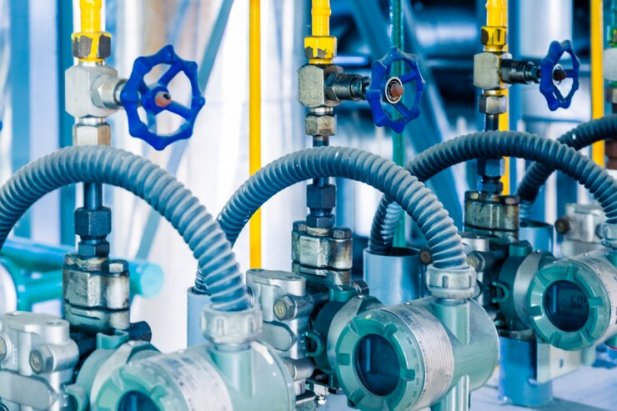
Hydraulic Hose Safety Covers: 5 Steps for Safer Hydraulic Hoses
Hydraulic hoses play a crucial role in various industries, powering machinery and ensuring the seamless flow of fluids. However, with this vital role comes the potential for safety hazards. Hydraulic hose safety covers are an essential component in mitigating these risks, ensuring a safer working environment. In this article, we will delve into the importance of hydraulic hose safety covers and outline five key steps to enhance safety in hydraulic systems.
1. Understanding the Importance of Hydraulic Hose Safety Covers:
Hydraulic hoses are susceptible to wear and tear due to factors such as high pressure, abrasion, and exposure to harsh environments. Failure to address these issues can lead to hydraulic hose bursts, leaks, and, in extreme cases, accidents. Hydraulic hose safety covers act as a protective barrier, shielding hoses from external elements and preventing potential hazards. These covers are designed to withstand a range of conditions, including extreme temperatures, oil exposure, and abrasion, making them a crucial component in maintaining a secure hydraulic system.
2. Regular Inspection and Maintenance:
The first step in ensuring hydraulic hose safety is implementing a robust inspection and maintenance routine. Regular checks help identify potential issues such as abrasions, cuts, or bulges in the hose, which may compromise its integrity. Hydraulic hose safety covers provide an additional layer of protection against abrasion, significantly extending the lifespan of hoses. By incorporating these covers into the maintenance routine, organizations can minimize the risk of unexpected hydraulic failures and enhance overall workplace safety.
3. Choosing the Right Hydraulic Hose Safety Covers:
Selecting the appropriate safety cover is paramount to achieving optimal protection for hydraulic hoses. Different environments and applications require specific types of covers. For instance, in industries where hoses are exposed to extreme temperatures, covers with high-temperature resistance are essential. Additionally, covers designed to withstand oil exposure are crucial in hydraulic systems dealing with oil-based fluids. Investing time in researching and selecting the right safety covers ensures compatibility with the operational conditions, leading to a more robust and reliable hydraulic system.
4. Training and Awareness Programs:
Enhancing hydraulic hose safety goes beyond physical measures; it also involves educating personnel on best practices. Implementing training programs that focus on proper hose handling, installation, and the importance of safety covers can significantly reduce the risk of accidents. Workers should be well-versed in identifying signs of wear and tear on hoses and understand the role of safety covers in preventing potential hazards. By fostering a culture of safety awareness, organizations can empower their workforce to proactively contribute to a safer working environment.
5. Compliance with Industry Standards and Regulations:
Adhering to industry standards and regulations is a fundamental aspect of hydraulic hose safety. Various organizations, such as the Occupational Safety and Health Administration (OSHA), provide guidelines for the safe use of hydraulic systems. Ensuring compliance with these standards not only protects employees but also helps organizations avoid legal repercussions. Hydraulic hose safety covers should meet or exceed industry specifications to guarantee optimal protection. Regular audits and assessments can confirm that safety measures are in line with current standards, providing an additional layer of confidence in the overall safety of hydraulic systems.
Conclusion:
In conclusion, the implementation of hydraulic hose safety covers is a critical step in ensuring the safety and reliability of hydraulic systems. Regular inspection, proper cover selection, employee training, and compliance with industry standards collectively contribute to creating a secure working environment. By following these five steps, organizations can not only prevent accidents and downtime but also foster a workplace culture that prioritizes safety. Investing in hydraulic hose safety covers is an investment in the well-being of both employees and the overall efficiency of hydraulic systems.




